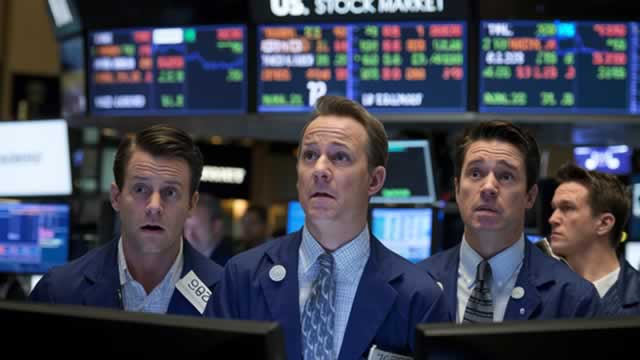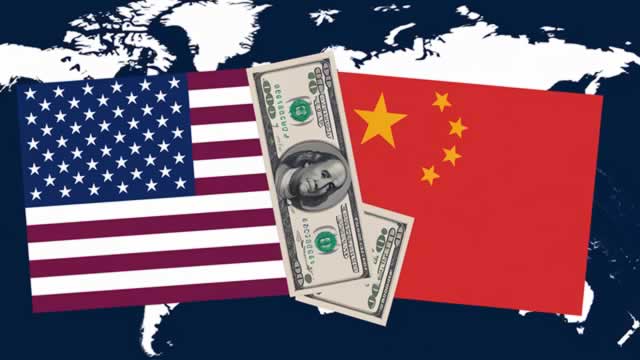The Economy’s Mixed Signals: Inflation Dips, Unemployment Claims Rise
The economic landscape in the United States has been painted with contrasting brushstrokes lately. On one hand, the Bureau of Labor Statistics (BLS) reported a welcome surprise on Thursday, March 11th, as the Consumer Price Index (CPI) showed a decrease of 0.4% on a seasonally adjusted basis for the month of March. This marked the largest decline since September 2015.
A Breath of Fresh Air: Inflation Takes a Dip
The CPI measures the average change in prices over time for a basket of consumer goods and services. The decrease in inflation, which was unexpected by economists, was driven primarily by a 6.6% drop in energy prices. Gasoline prices, in particular, plunged by 11.5%.
Food prices, which account for a significant portion of household budgets, remained relatively stable, increasing by a modest 0.1%. Core inflation, which excludes volatile food and energy prices, also dipped by 0.1%.
A Cloud on the Horizon: Unemployment Claims on the Rise
While the inflation numbers brought a sense of relief, another economic indicator signaled potential turbulence ahead. The number of initial claims for unemployment benefits increased by 11,000 to 227,000 for the week ending March 6th. This marked the first increase in four weeks.
What Does It All Mean?
The mixed economic signals have left many analysts scratching their heads. The decrease in inflation is generally considered a positive sign for consumers. Lower prices for goods and services mean more disposable income for households. However, the rise in unemployment claims is a cause for concern.
Economists are divided on the interpretation of these data points. Some argue that the decrease in inflation is a temporary phenomenon, driven by falling energy prices. Others believe that it could be a sign of weakening demand in the economy. The rise in unemployment claims, meanwhile, could be a harbinger of a slowdown in economic growth.
Impact on Consumers
For individual consumers, the decrease in inflation could mean more money in their pockets. Lower prices at the gas pump and grocery store could translate into savings. However, the potential softening of the economy could lead to job losses or reduced hours for some workers.
- Lower prices for goods and services
- Potential savings for consumers
- Potential job losses or reduced hours for some workers
Impact on the World
The economic trends in the United States have implications beyond its borders. The decrease in inflation could put downward pressure on global prices. Lower energy prices, in particular, could benefit countries heavily reliant on energy imports. However, the rise in unemployment claims could dampen consumer spending, which could have ripple effects on global economic growth.
- Downward pressure on global prices
- Benefits for countries heavily reliant on energy imports
- Potential dampening of consumer spending and global economic growth
A Wait-and-See Approach
Given the mixed economic signals, many analysts are advocating a wait-and-see approach. The economic landscape remains uncertain, with tariff tensions escalating between the United States and China. The impact of these developments on inflation, unemployment, and economic growth remains to be seen.
In the meantime, consumers are advised to stay informed about economic trends and to prepare for potential changes in their financial situations. For businesses, it is important to remain flexible and adaptable in the face of economic uncertainty.
Conclusion
The economic landscape in the United States has been painted with contrasting brushstrokes lately. While the decrease in inflation brought a sense of relief, the rise in unemployment claims is a cause for concern. The impact of these trends on consumers and the world remains uncertain. In the face of economic uncertainty, it is important for individuals and businesses to stay informed and prepared.
As the economic situation continues to evolve, it is crucial for consumers and businesses to remain vigilant and adaptable. Staying informed about economic trends and being prepared for potential changes can help mitigate the impact of economic uncertainty on personal and business finances.





